The blueprint for outdoor bliss, no matter where you decide to spread your blanket.
We came to Paris to eat, and eat we did: foie gras slathered across buttery flotillas of brioche, thick bone-in steaks carpeted in roasted garlic and caramelized shallots, leafy salads studded with batons of bacon and nuggets of warm goat cheese, soufflés of Grand Marnier so ethereal that a raised voice could bring the whole thing down.
But even in a place like Paris, the allure of eating out does not last forever. Waiters grate, flavors wane, prices sting. So on our last day in town, we canceled our reservation at a nice restaurant in the 7th arrondissement and went about constructing a meal for an afternoon in Luxembourg Park. After all, if the moveable feast was meant for any town, it was meant for Paris, where rivers, parks and ancient buildings convert every square block of the city into a postcard, while an Eden-like bounty of portable delicacies can turn any dude with a few euros in his pocket into a genius.
But a great picnic is about more than just eating well outdoors, about inhaling swaths of creamy blue sky and devouring clouds like white elephants. It’s about proving your mettle as a navigator of exotic spaces, one who can combine instinct and research in equal measures to wrest from a town the finest provisions it has on offer. It’s a scavenger hunt for adults, played against the backdrop of the world’s greatest urban expanses. Done right, nothing is more transformative than a picnic: it doesn’t just take you to a different time and place, it takes you to a time and place where time and place feel entirely irrelevant. (And for those who have ever been accused of not being romantic by their partners, a first-rate picnic is a 10-year exemption from such thorny aspersions.)
Which is why the way you put together a picnic is every bit as important as the spread you eventually lay out across whatever grassy patch you choose. You can do the Whole Foods picnic, a one-stop session at a boutique grocer or a stacked market stand, buying neat packages of prepared foods—complete with knife, fork, and eating instructions—but for the picnic purist, this approach is blasphemy. Not only will you overspend, you will also undermine the entire ethos behind a picnic in a foreign place: exploration, interaction, and, to a certain extent, struggle.
Ideally, it should take you twice as long to put together the picnic as it takes you to eat it. Constructing a feast in a place like Paris or Rome or even New York is a reminder that specialization still exists, that beyond the reaches of one-stop superstores there are people who just bake bread, who just slice meat, who know wine and wine only. Your job is to seek these people out and make them your allies. Chances are, if they’ve dedicated their lives to the pursuit of one type of foodstuff, they will dedicate a minute or two to make sure you walk away with exactly what you want.
When it comes to the menu itself, improvisation is deeply encouraged, but a general road map will help you keep matters from spinning out of control. After years of nomadic picnic practice, I’ve forged this basic blueprint, which I’ll (humbly) call them the Five Pillars of a Perfect Picnic.
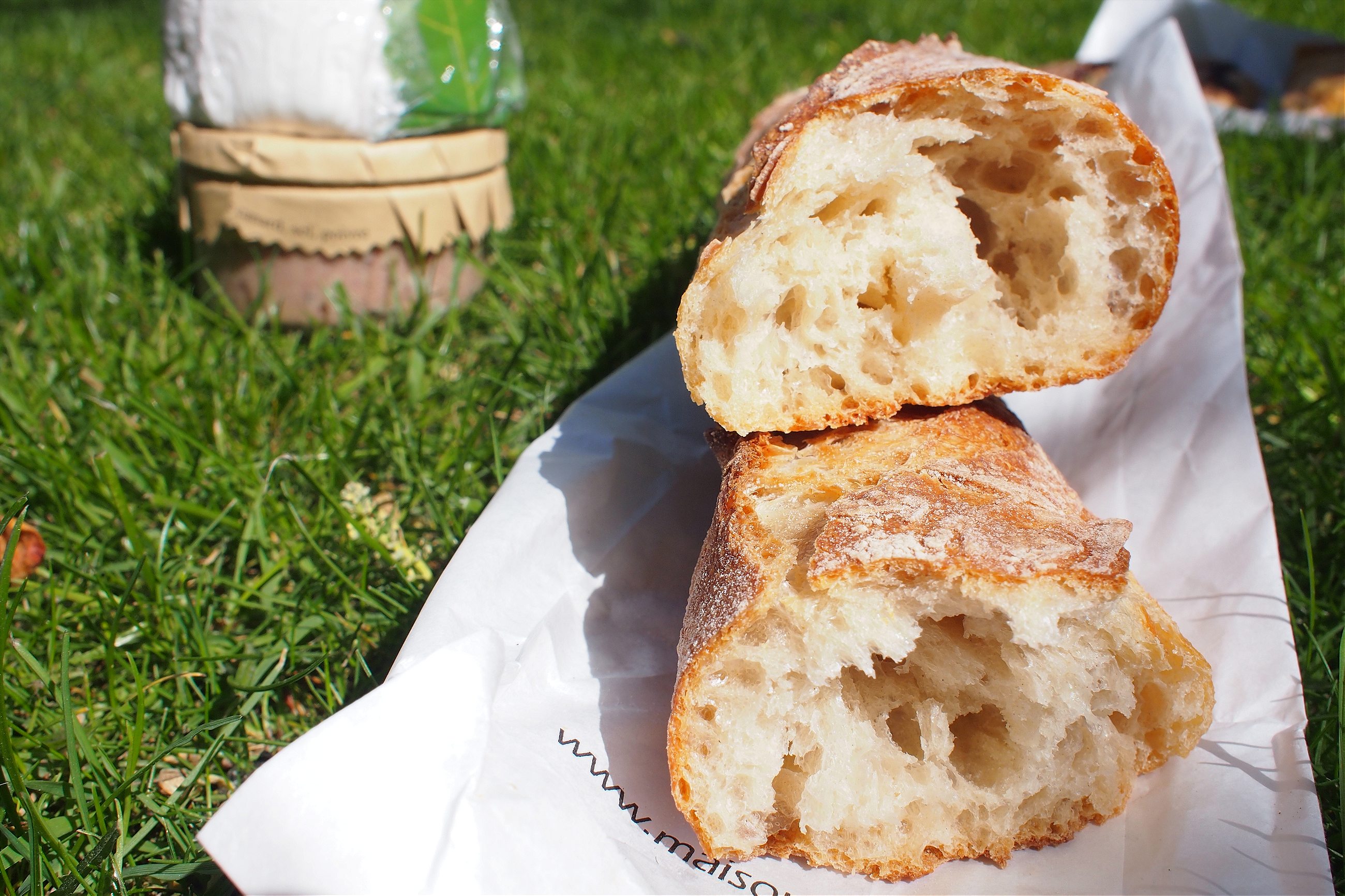
1. Bread. The foundation upon which the whole deal is built. Pick up a bubble-gum baguette or a ghostly loaf of additive-addled sliced bread and you may as well round out your feast with a stack of Kraft Singles and a few Slim Jims. You want bread with a bronze, caramelized carapace and a moist crumb shot through with irregular air bubbles. It should creak like an old wooden floor when you squeeze the center and exhale a warm, yeasty breath when you breach the crust. Baguettes are ideal if you’re buying from a first-class bakery, but it’s easier to make a bad baguette than it is to make a bad ciabatta, so if you’re buying from an average baker, I’d opt for ciabatta. The baguette pictured here, from Eric Kayser (a mini-chain of exceptional boulangeries in Paris), is one of the greatest pieces of bread I’ve ever broken.
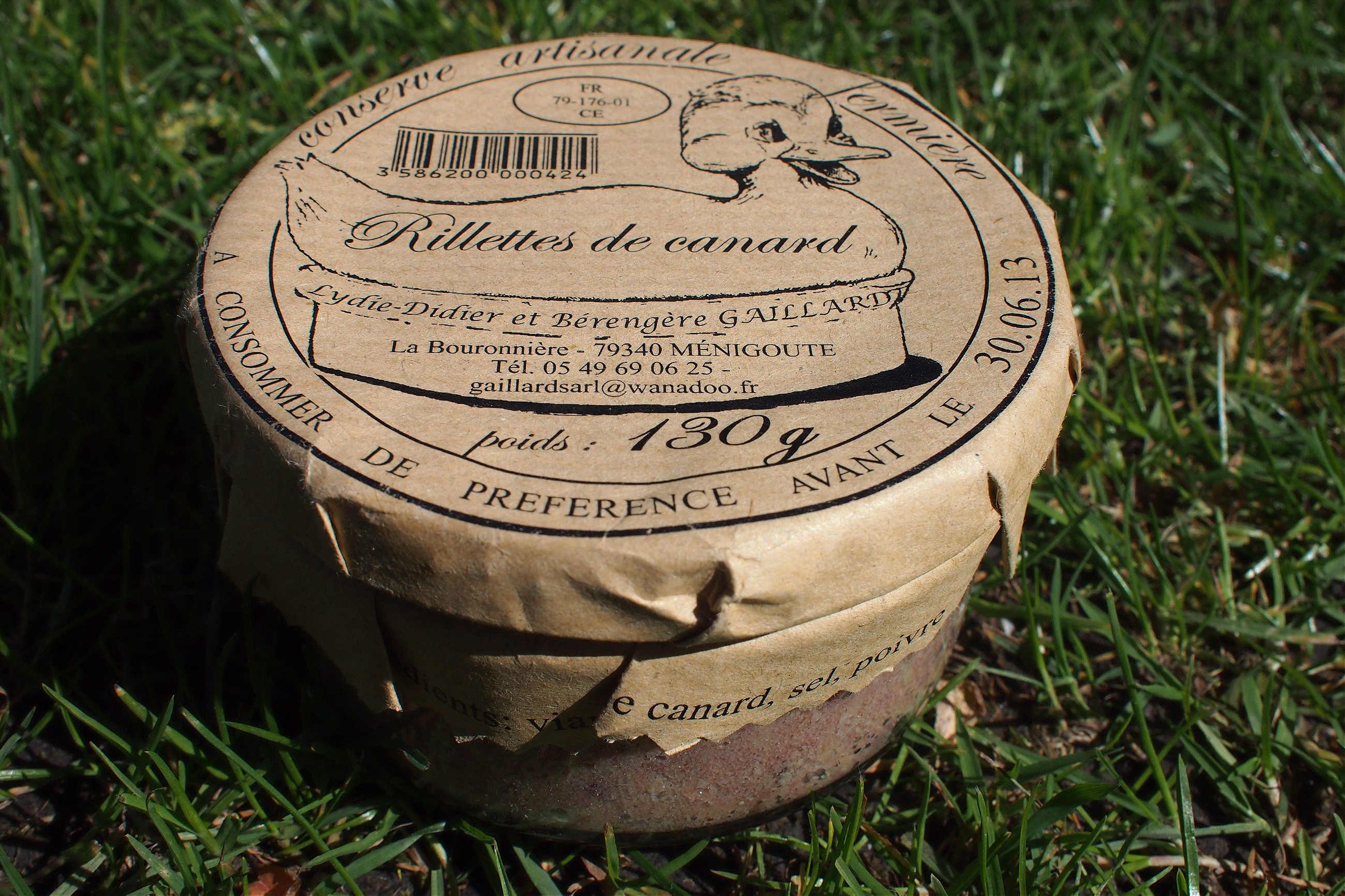
2. Charcuterie: Picnics aren’t about quantity, they’re about potency, which means intense flavors eaten in small portions. Which means meat—pork, preferably—salted and dried and sliced thin. Jamón iberico in Spain, prosciutto or finocchiona in Italy, country ham in the States. A whole subcategory of spreadable meat—pâtés, terrines—should be thoroughly considered, as well, especially in France, where even bad stores sell the kind of charcuterie you’d write a letter home about. The jar of duck rilletes—duck cooked down slow in its own fat and laced with cognac and spices—we scored from a local bakery is still distracting me three weeks later.
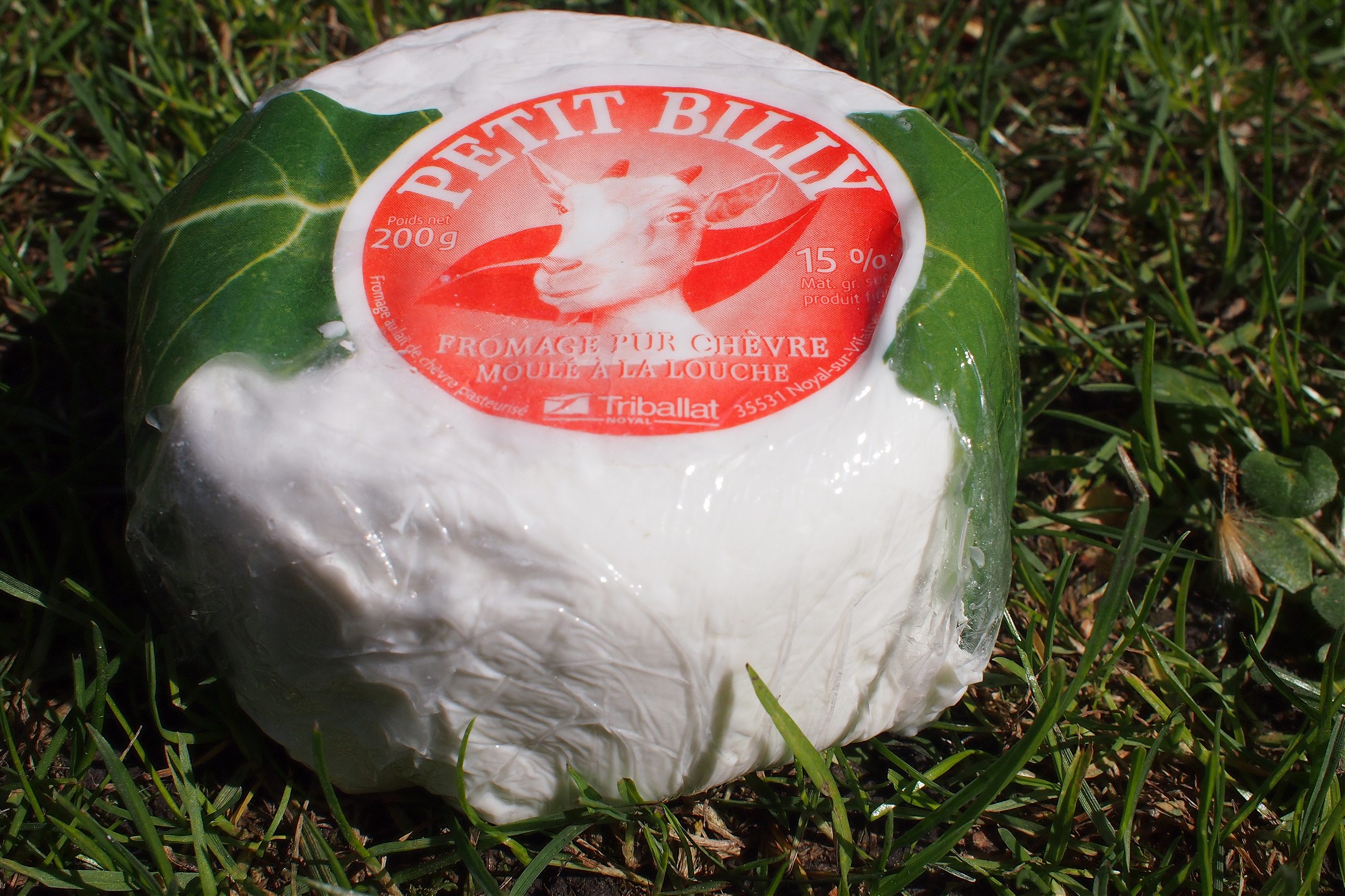
3. Cheese. Unless you’re picnicking in Southeast Asia (and if you are, nearly all of these points are irrelevant; head to the nearest outdoor market and buy packets of rice noodles, skewers of grilled meat, and a huge pile of rambutan), a wedge of cheese is essential. It’s the rug that ties the room together, the counterpoint to the crunch of the bread and the umami-rich flavors of cured meat. Whether it’s sharp and salty or oozing and funky is all about personal preferences. I recommend a bit of both: something fresh and spreadable like an herbed goat cheese, along with something strong and sliceable like comte or manchego.
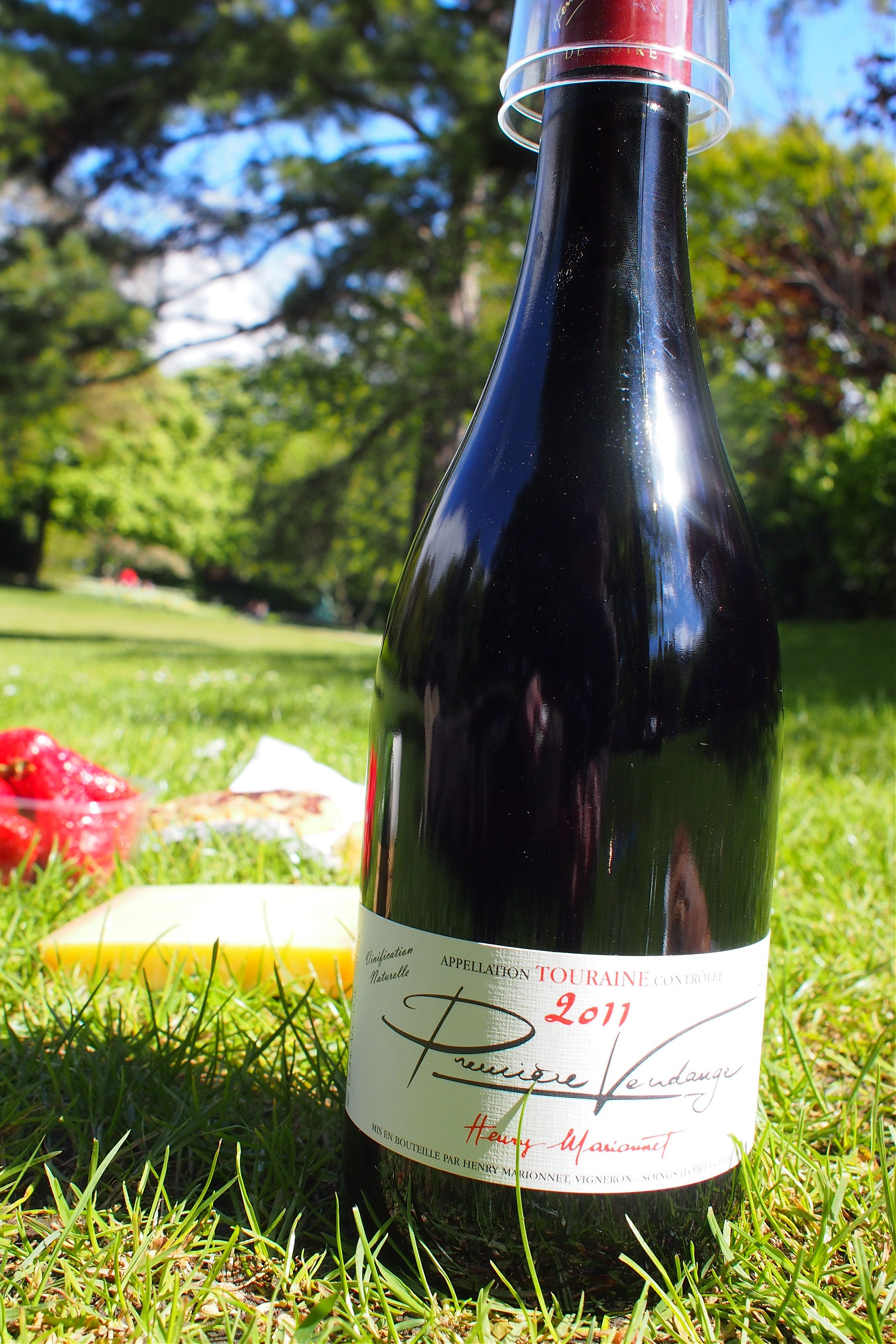
4. Booze. Normally I’d say the stronger the better, but you’re already sideways, so holster that flask of Irish Rose; this one takes a bit more finesse. My desert island bottle of choice would be anything with bubbles, not just because it fits into some prepackaged idea of a picnic’s romantic essence and not just because it doesn’t require a wine opener (!), but because no beverage out there plays a better friend to a greater spectrum of flavors: salty, oily, spicy foods can all be boosted by bubbles. Failing that, a jet-cold bottle of rosé or a nice fruity red like Beaujolais are solid fallbacks.
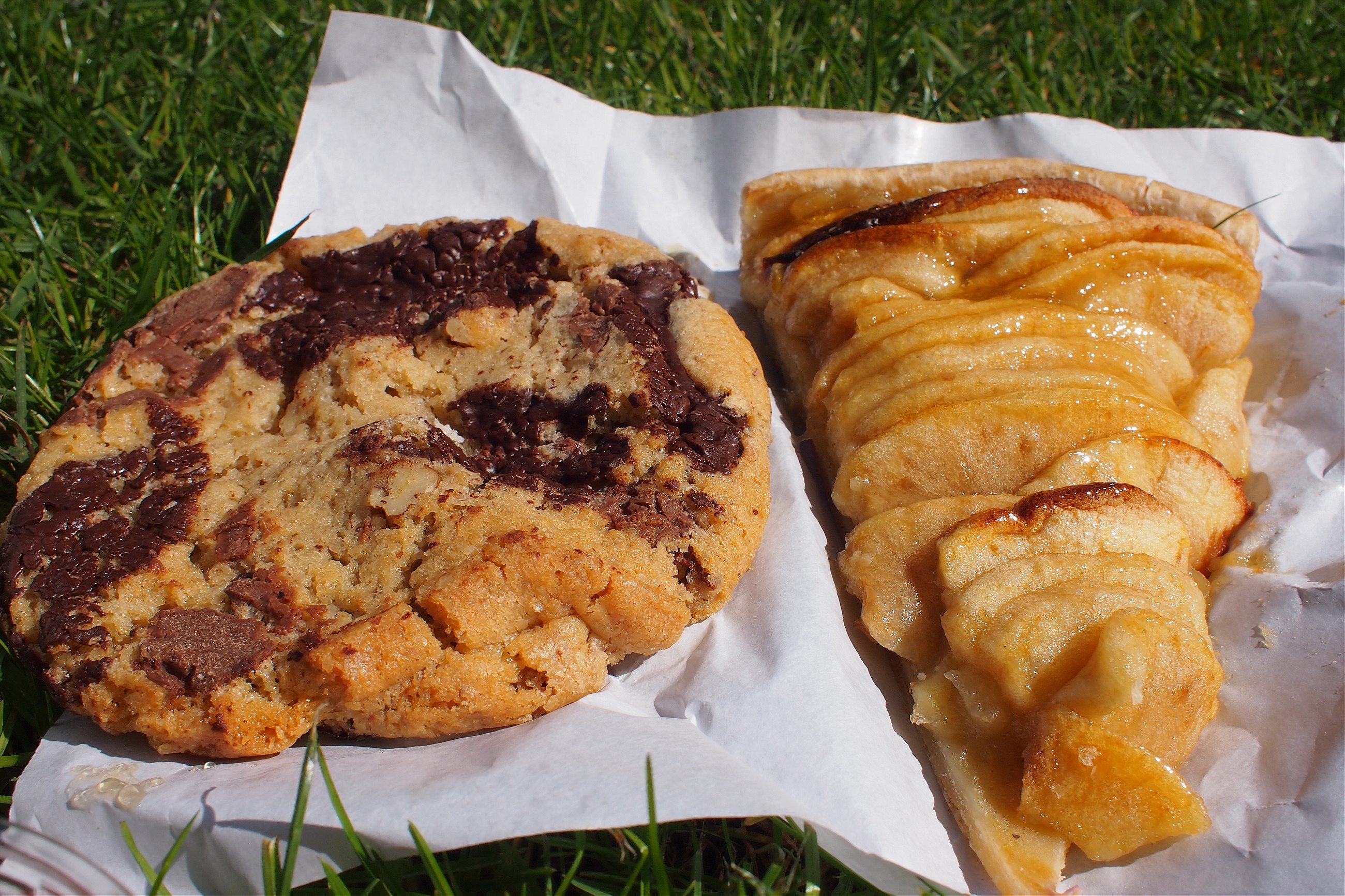
5. Bonus. If you’ve nailed one through four, everything else is parmesan on the pasta. Dessert is the obvious path, and a damn fine one if you manage to find a good bar of dark chocolate. Whatever you opt for, think local specialties: olives cured in a thyme and orange peel in Andalusia, marinated long-stemmed artichokes in Italy, a mound of macaroons or a tarte tatin in Paris. At a tiny fruit vendor just beside Luxembourg Park we found a basket of strawberries so bright and firetruck red we had to wear sunglasses just to eat them. We already had enough food to feed six, but to not have bought them would have been negligent. After a dozen amazing meals in Paris, we were on our way to the best of them all.